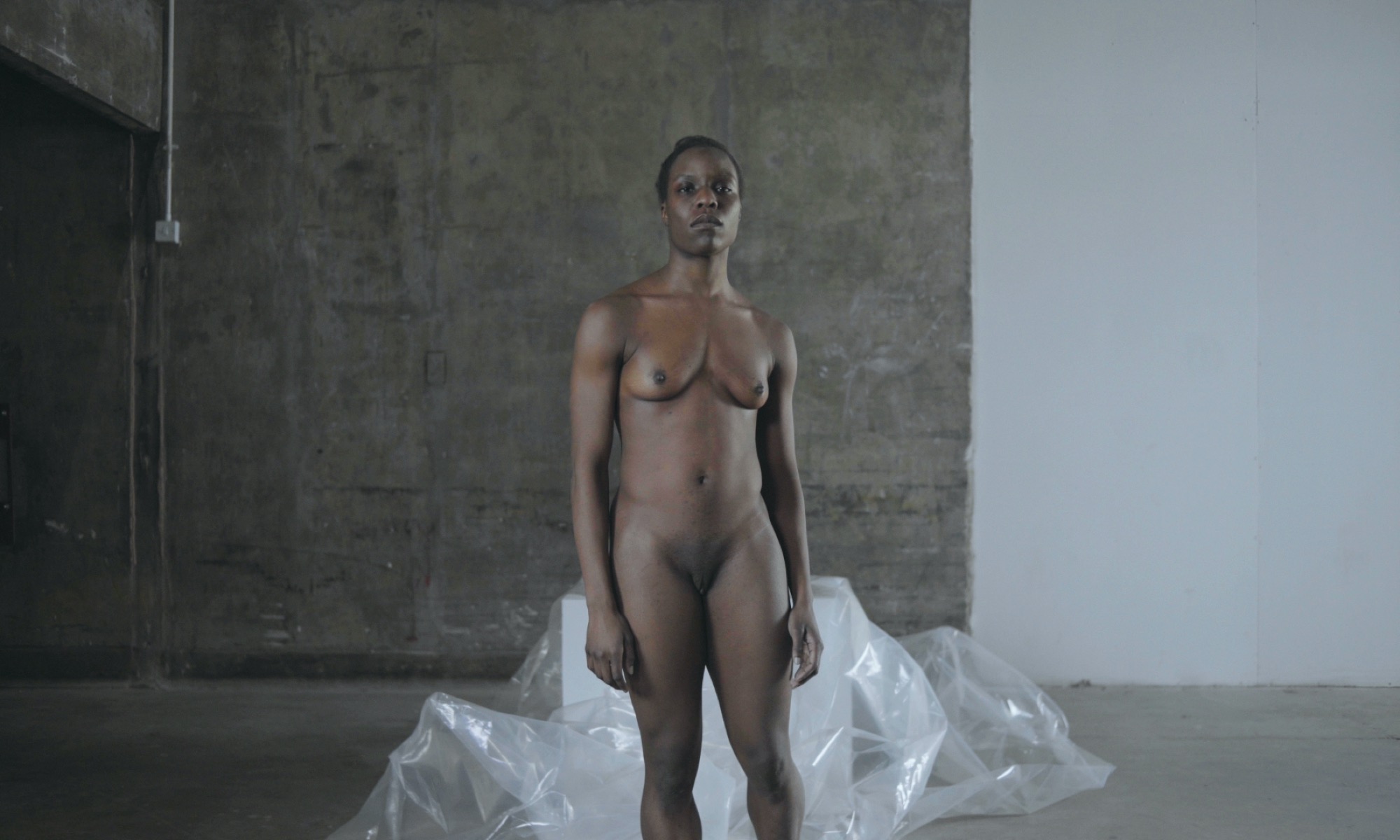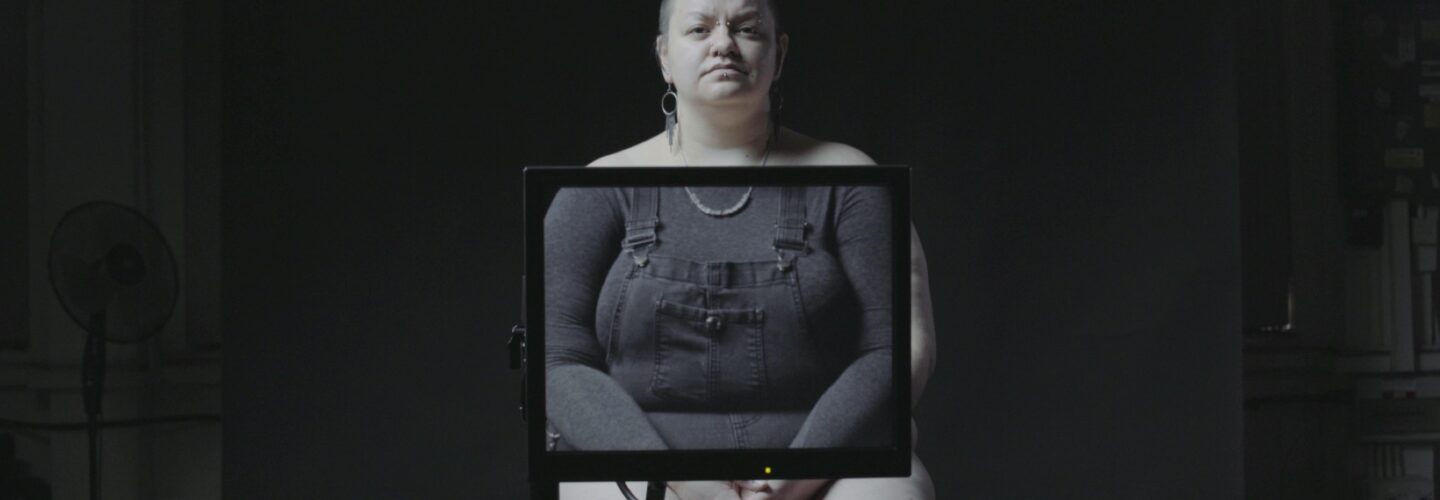
Society’s manacled perception of nudity and the over-sexualisation of the naked form has long been a place for debate and contention which filmmaker Ross Casswell set out to explore in Naked Woman. His empowering documentary short spotlights three diverse and liberated female subjects as he documents the trio’s differing attitudes and thoughts about body image and nudity through their chosen professions. Casswell sought to capture his participants’ definitions of themselves as women and professionals as they employ nudity as a means of empowerment and strength in contrast to the all too common negativity surrounding body image. We invited Casswell to speak to us about the directional shift the short took from its initial premise after working with their first participant, how they created the stylised juxtaposition of the naked form against their clothed personas on set and broaching the objectification of the female form.
[A heads up, both the film and following article contain some NSFW images.]This is a wonderfully original vantage point from which to look into nudity and body image, where did the idea come from?
Initially, the intention was to try and unpick society’s reactions to nudity and understand why we have such ranging opinions on the naked body. Life model Leo was the catalyst for the film’s final form; her frankness flipped all our research on its head, and it was immediately apparent that Naked Woman had to punch straight and hard.
That became the criteria; we needed women who confronted the idea of nudity through their work.
Body image would always be the common thread throughout the film, yet it was immediately apparent from talking to Leo that each individual’s approach to nudity exposed so much more. The individual was responsible for the liberation of their body, not through a campaign or as part of a topical conversation, but through how they defined themselves and went about their profession. That became the criteria; we needed women who confronted the idea of nudity through their work.

The decision to make the film solely focused on the female form rather than represent people, in general, was one we still toil over. Sure, the female form has been shamed the most throughout history, but our relationship with our own nudity is equally informed by history and as loud. The film bubbled along in the making for a couple of years as we explored several other voices, but we found a clarity in the collective of the final three women featured. We felt the disparity between their experiences left enough space for all to relate to.
We wanted to present the juxtaposition of the naked form against the clothed persona to normalise the nudity.
Our general approach is stripped back, prioritising the subject’s comfort over a large less mobile crew; after all, words are the gold we are mining for. The most notable technical feat was the layering of body parts in camera using an old monitor, as we wanted to present the juxtaposition of the naked form against the clothed persona to normalise the nudity.

We all carry so much baggage when it comes to our naked bodies, and we feel Naked Woman begins to unpick the corners of the shame history has painted around nudity. We were confident it was a numbers game, gathering as many voices as possible and weaving a narrative from a collective.
I’d like to learn more about the pivot that was inspired by your discussions with Leo. What was planned before you made that decision to change your approach?
We generally explore our early thoughts with a mic or camera in hand, a scattered approach to see what sticks and then we develop our ideas from there. And with this project, we were confident it was a numbers game, gathering as many voices as possible and weaving a narrative from a collective. Fortunately, we approached Leo relatively early on, so it’s hard to say what the film would have looked like if we hadn’t.
We had to be aware that our inherent idea of nudity was part of the problem, so despite trying to be the good cop interviewer, we were also walking the line of bad cop.

You mentioned the film bubbling along for a couple of years, what did that process of finding and then deciding to stick with three participants look like?
Once we had unearthed Leo, we knew we were looking for proactive voices and voices that represented a broad cross-section of the ideas and experiences of nudity. Izabella, whom we had previously cast in a short film, had just finished a theatrical piece about body image and eating disorders, so we delved deeper. Valerie was sourced after many hours of research. How she was confronting the hypersexuality of the black female through dance was too compelling to ignore. Typically, our approach is very conversational; our agenda is to capture the subject’s voice, where we believe it will lead is of little importance unless they take us there. This film, in particular, was about understanding their experience, so we had to adopt a gentle approach but equally not shy away from more probing questions. But, we had to be aware that our inherent idea of nudity was part of the problem, so despite trying to be the good cop interviewer, we were also walking the line of bad cop.
When we started the project, there was this foreboding sense that this could be a never-ending project, as it’s impossible to capture everybody’s unique experience. After pursuing two other subjects, we noticed similar themes overlapping; although their experiences were entirely different, fundamentally, some of their struggle or success felt repetitive. We realised that the spaces between the three voices we already had potentially left enough room for most to bite down and reflect on.

As you are such a small and stripped-back team, what do you shoot on and how would you describe your camerawork?
We like to think our approach is both considered and rogue; we don’t mind seeing all the makings of the film, not as a gimmick but as an honest portrayal of the process. In a sense, we want to acknowledge that it is genuine and not tampered with, so if kit or a crew member are in shot, it doesn’t matter; this gives the camera more scope to roam and capture all the action. The camera was a Sony A7S; we promised the cinematographer that one day he would have nicer toys to play with!
The layering is just brilliant, how was this achieved technically?
The layering was done in situ, which was fiddly. So we’d film the subject posed, then suck in the material and play it out over the monitor arranged in front of the re-position subject. We were determined to do this in camera, so although it was time-consuming and at odds with logic at times, lining up one edge to see another desperately waylaid, it was very satisfying to see the final results.

Can you talk a bit about the edit and at what point you knew you had the final film?
There’s always the temptation to add more and try out different things, but we’re getting better at letting a film go. And again, it’s about the spaces between the voices that allow the audience to reflect and think about their own experiences and ideas.
I do think nudity is slowly becoming less shackled by the sexual shame imposed on it for centuries, but for an independent production like this, it’s always going to be a struggle.
Due to the so-called ‘explicit’ content we have seen films of this nature struggle with distribution such as Will & Carly’s recent release TITS: A Voyage into Objectification. What are your thoughts on the censorship on platforms such as Instagram and YouTube and how did you plan for this with Naked Woman?
Trying to walk that line wasn’t something we ever considered. I do think nudity is slowly becoming less shackled by the sexual shame imposed on it for centuries, but for an independent production like this, it’s always going to be a struggle. Our main effort was to create an environment where our subjects could speak freely, so what would then masking a nipple say? The real issue is the objectification of the female form, and we feel censorship encourages that idea by suggesting the female body is somehow inappropriate to look at. That implied reaction to female nudity, the idea of how it might be received, is surely more worrying.
What are you working on next?
Next, we’re looking at art’s role in the human experience but with a little twist.


